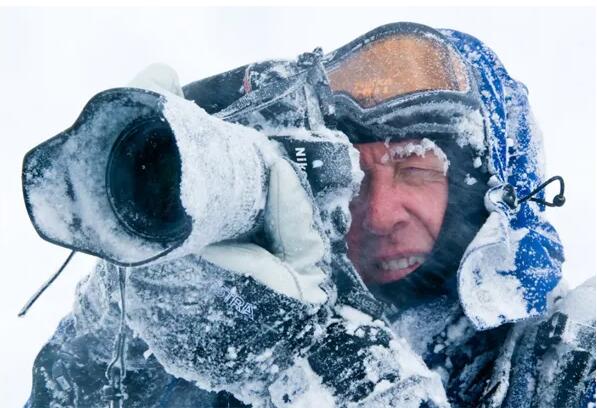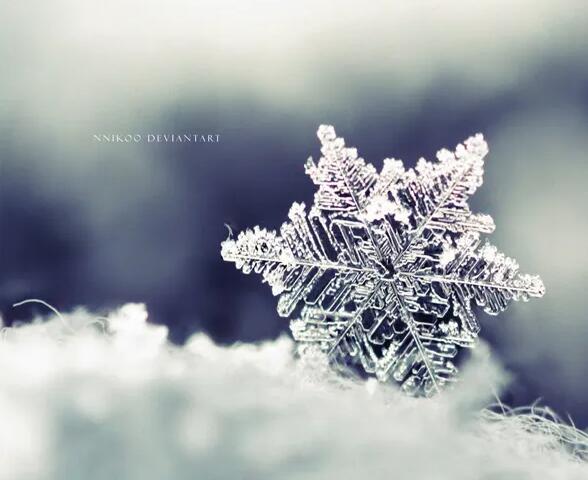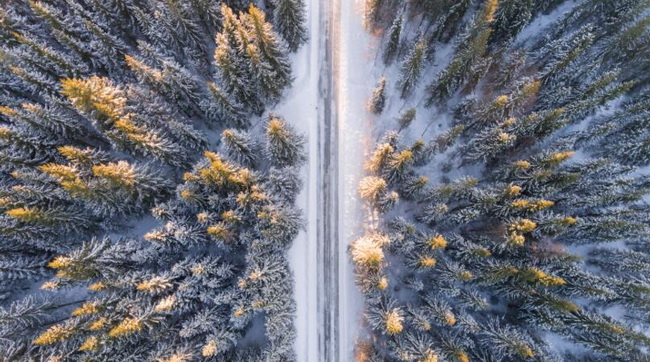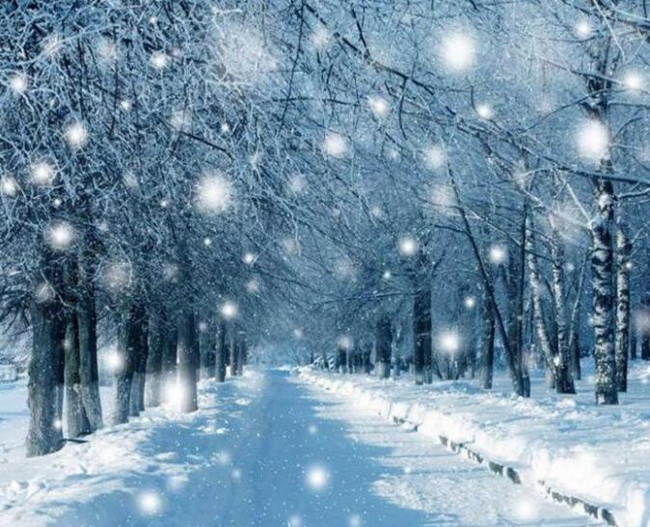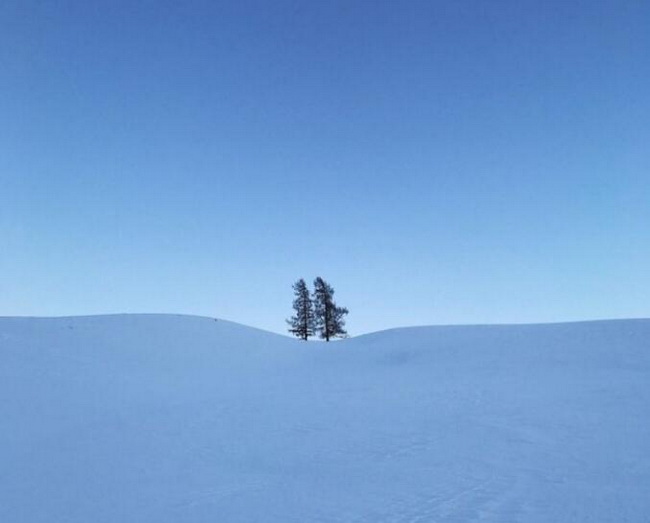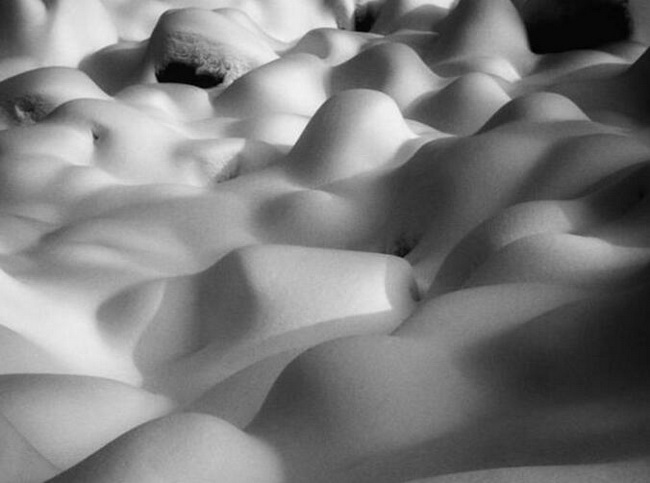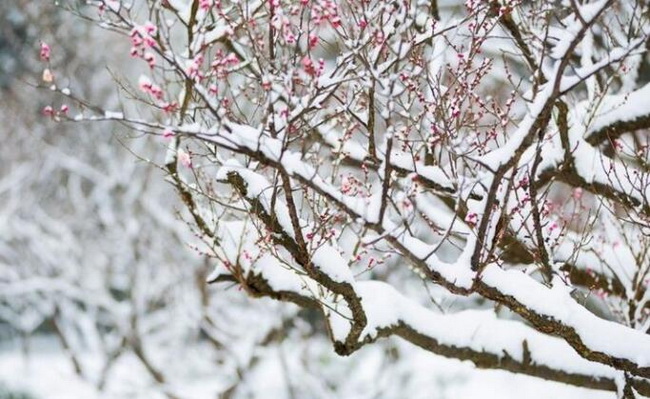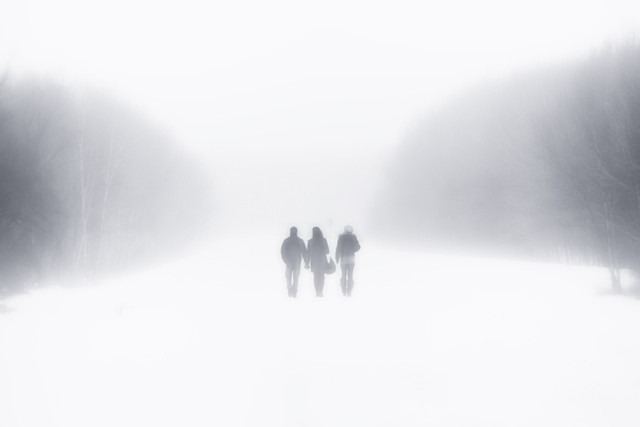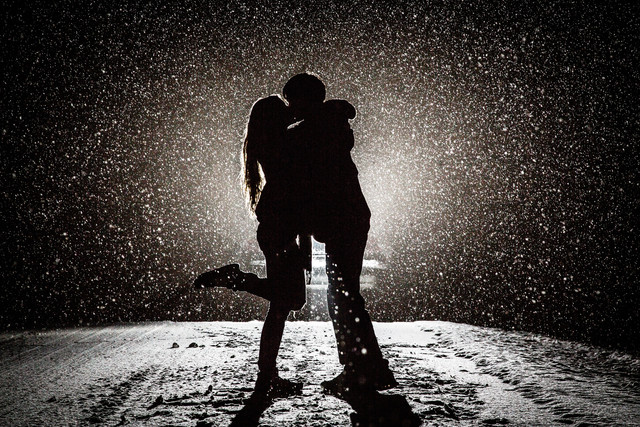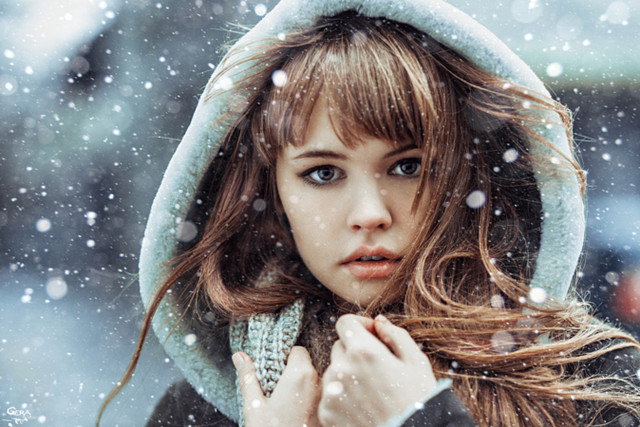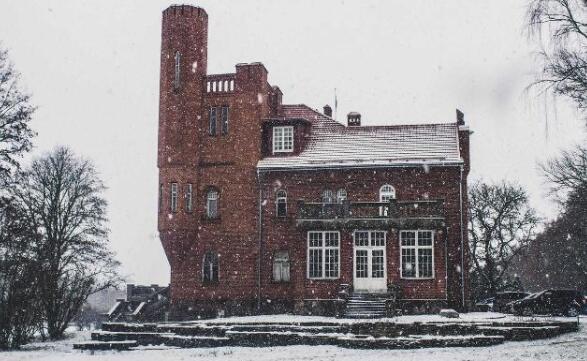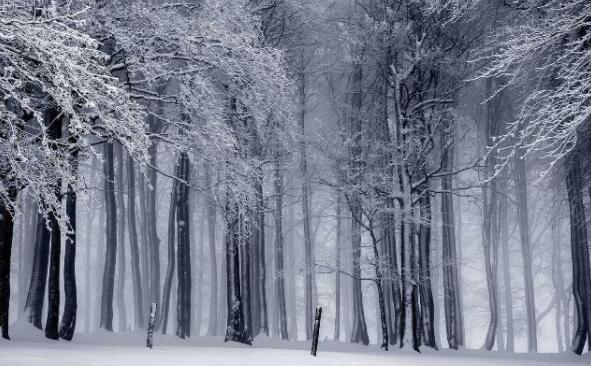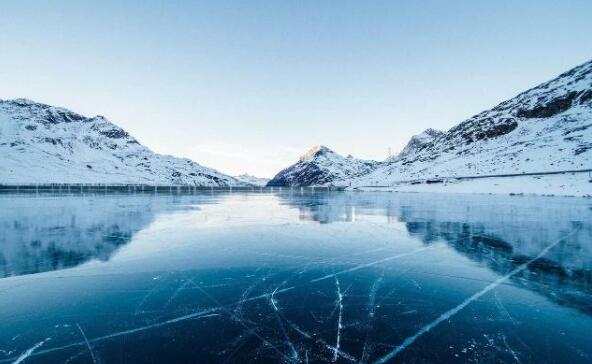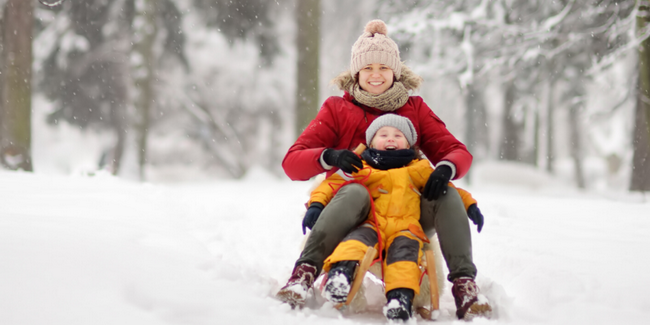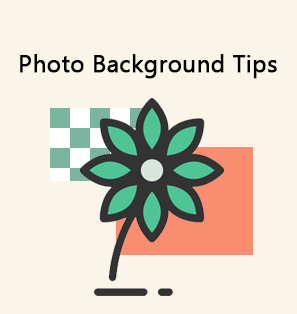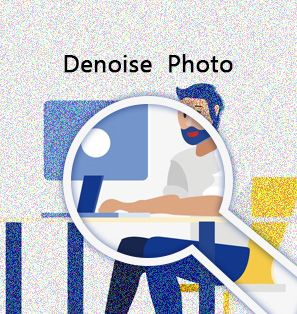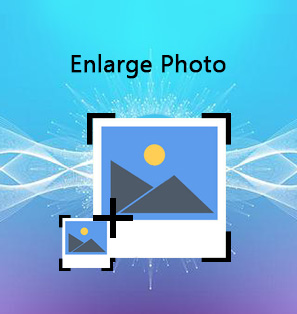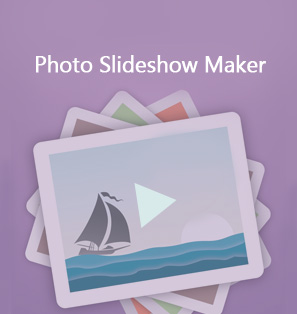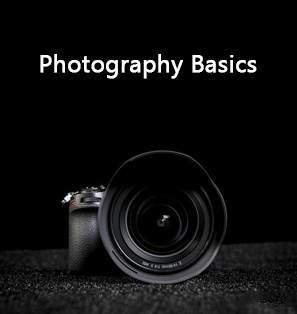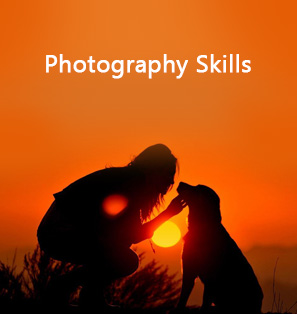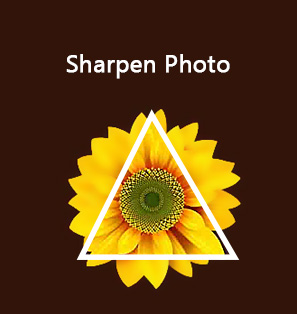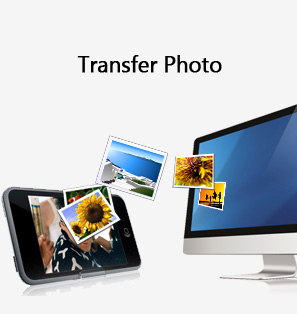Whether you are a novice in landscape photography or an enthusiast, or even an experienced professional, you need to keep learning and constantly update your goals for the next stage. Whether it is pre-shooting or post-production, you need to step out of your comfort zone, add new ideas to landscape creation, and bring new challenges and changes. Among them, taking pictures in winter can especially exercise your photography skills. In winter shooting missions, you can try the challenges and creative possibilities brought by snow to your heart's content, and make full use of these weather conditions to take completely different winter photos. In this article, top 12 winter photoshoot ideas would be presented below for your references.
Part 1: 5 Tips for Creating Winter Photoshoot Ideas
Nowadays, digital cameras are becoming more and more popular. Even the cold winter cannot stop everyone’s enthusiasm for taking pictures. Although it is said that in winter, you can take pictures that are different in other seasons, but winter photography is not as good as usual, especially when shooting outdoors. There are many unexpected problems. Here are the 5 tips for creating winter photoshoot ideas.
1. Protect Your Equipment & Keep Battery Warm
Under normal circumstances, the shooting environment of an ordinary camera is about 0-40°C. When shooting in this temperature range, the camera can work normally. However, when we take photos in winter, the ambient temperature may drop below 0°C. If the temperature is too low, the internal electronic drive function of the camera will be affected, and if the micro-single is used, the reflection on the LCD screen will be slower with the camera. If the budget is insufficient or you already have your own camera, remember to keep the camera warm. When you want to enter the room, you can put the camera in a plastic bag and seal it, so that the moisture will condense on the outside of the plastic bag instead of being generated on the camera.
Besides, the biggest impact on digital cameras in winter is the battery capacity. In an environment of -20 degrees, the battery capacity will drop greatly. Therefore, when shooting outdoors in winter, it is recommended that you bring spare batteries just in case. Carry spare batteries close to your body and use your body temperature to ensure that the batteries do not lose power. At the same time, pay attention to the warmth of the machine and flash.
2. Exposure & White Balance
Since the CCD sensor of a digital camera does not have an automatic adaptation function, in order to be close to human visual standards, the digital camera must imitate the human brain and adjust the color according to the light, which means that the white balance needs to be adjusted automatically or manually to achieve satisfactory colors. And in the snow, the influence of the surrounding special environment often makes the automatic white balance function of the digital camera not very accurate, and the accuracy of manual adjustment is better than the automatic adjustment, so it is best to use the manual function to adjust the digital camera at this time. You must pay attention to adjusting the white balance of the digital camera at any time.
3. Add Colors & Contrast
Snow scenes in winter are characterized by strong reflections and high brightness. If you simply shoot a white ground, it will often make the viewer feel dazzling and can't see anything clearly. So we'd better choose a darker background when shooting, which will make the snow scene. It forms a relatively strong contrast with the dark scenes, which makes the layering of the whole picture appear richer. If the brightness of the background you choose is also relatively high, it will make the viewer's eyes uncomfortable. Therefore, in addition to normal shooting, you can add some other colors to the picture, such as yellow, blue, etc., to reduce the impact of white.
4. Play with Perspective
In comparison with other seasons, winter can be presented in different ways. Here, you should spend more time on the shooting perspectives. Actually, in the falling snow, you can have plenty of chances to explore perspective. For example, you can try a macro lens to shoot the falling snowflake, at the same time, you can shoot from the ground which can be able to present the snowflakes’ movements in the unusual way. If you are professional photographers, then winter landscapes from higher perspectives can be your another choice which could present the view in an excellent way.
5. Post-Enhance Winter Photos
If you fail to shoot some satisfied photos in the winter. You can still find your way out with some post-enhance tools. Leawo PhotoIns is quite appropriate for you to use if you really desire to enhance the photo quality. This tool is powerful as an AI photo enhancer, which can optimize your pictures immediately. Its features are comprehensive, which includes enhancing images, intelligently retouching skin, removing freckles, reducing noise, enhancing eyes, adjusting lighting automatically and so on. It is also good at improving photo quality with the methods of fixing image exposure issues automatically, boosting image lighting and color quality, improving photo contrast for greater visual effect and more.
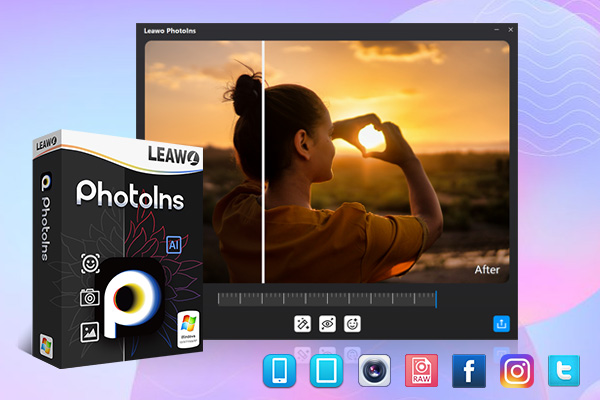
-
Leawo PhotoIns
- Enhance portrait photos easily with advanced AI technology
- Fix photo exposure and white balance issues automatically
- Optimize photo colors and perfect photo tints
- Make photos perfectly clear with smart dehaze
- Boost photo lighting and color quality
- Process RAW and JPG files
Part 2: 12 Best Winter Photoshoot Ideas
△ 1. Falling snow
In actual shooting, falling snow is hard to capture. There are two more classic shooting methods for falling snow. One is to use a slower shutter speed to shoot the snowflakes into a line. With a shutter speed of about 1/50 sec or even slower, you can show a great effect of falling snow. Choose a dark background to show the white falling snow, so that you can see the feeling of falling snow clearly. Furthermore, since snowflakes are crystalline particles, you can use light to create a dreamy light and shadow effect. Backlighting and side backlighting are undoubtedly good choices. In addition, choosing backlighting or side backlighting can show the light and dark levels of ice and snow and the transparent texture of snow particles.
△ 2. Macro shot of snowflakes
"There are no two identical snowflakes in the world", and the shape of the snowflake itself is beautiful. When shooting, many people are always accustomed to paying attention to the vast white snow, but they ignore the snowflakes that form the white snow. According to the general technique of macro shooting and following the characteristics of macro imaging, it is better to set the aperture above F11 or smaller. A small aperture can obtain a large enough depth of field.
△ 3. Simple snow view
The minimalist winter snow scene makes people feel tranquil from the visual to the soul
When shooting, pay attention to the use of negative space, which is what you often call white space. Appropriate white space can strengthen the expression of the main body of the picture, help create the artistic conception of the picture, and stimulate people's infinite imagination. It should be noted that there must be a point of interest in the picture, and the whole picture relies on this point of interest to give the viewer the most intuitive experience, and the other blank areas are for the viewer's imagination.
△ 4. Focus on the texture of snow3
The snow is soft, loose, and gleaming under the light. In fact, you can try close-ups to capture the texture of the snow. Backlight shooting can not only express the texture of snow grains, but also change the tone. When the snow is thick, shooting these undulating hills, the light and shadow effects of the picture and the texture of the snow are very sensational. The simple black and white look for a long time, it is easy to cause visual fatigue. At this time, you can consider adding some jumping colors to the picture to highlight the snow scene, but it will be more eye-catching.
△ 5. Dig out deeper meaning
Use the foreground to express the snow scene, adding a sense of loneliness and illusion in the real. For example, the “coldness” of winter snow should be contrasted with the warmth of sunlight. This contrast effect can enhance the unique atmosphere of the picture. The atmosphere of the picture can also be expressed through the color of light, and it is also a good technique to use ancient buildings, remnants of lotus, and winter plums as a background.
△ 6. Walk in the snow
The movements of people could easily drag other’s attention. The most important part of a minimalist composition is to find the center of interest in the picture. Generally speaking, the human eye is first attracted by the characters in the picture, so regardless of the frontal portrait or the back of the character, it will immediately attract the attention of the human eye. Shoot the walking people in the snow could be quite beautiful.
△ 7. Use backlighting
Since snowflakes are crystalline particles, you can use lighting to create a dreamy light and shadow effect. Backlighting is undoubtedly a good choice. Backlighting is easier than front lighting, and the light source is also better. For example, car lights, street lights, etc. are all very good light source. Moreover, backlight shooting can directly shoot the subject as a silhouette, and it is easier to control.
△ 8. Portrait shooting
Since snowflakes can be used as the subject of shooting, they can also be used as the background for portrait shooting. To shoot portraits in snowy weather, use a telephoto lens, such as 85mm f/1.8, with a flash, and the on-camera flash is sufficient, which can turn the sky full of snowflakes into an excellent out-of-focus background, which adds a lot of color to the photo.
△ 9. Old building shooting
Architecture can be fascinating, and historical buildings in winter are no exception. From castles and churches to university buildings, these buildings allow you to get all the details in the stone carving; now imagine that these details are covered with little snowflakes. Even better, if you choose this setting as the next location to take a photo, make sure that it can get a more mysterious effect on snowy days.
△ 10. Forest shooting
The woods can be a great place to take photos this winter, especially if it snowed the day before. There is nothing like a winter wonderland that allows fresh snow-covered treetops, and the shimmering light passes through the treetops, giving it a special luster. The unaffected landscape is always a good idea to create a beautiful photo, and the winter atmosphere only adds to its uniqueness.
△ 11. By the lake
If you want mood and emotion, seascape photography is the real deal. If you live by the sea, great! If not, lakes are always a good idea in cold winters. Since fogs are very common in places near lakes, you can use this advantage to add some mystery and weirdness to the photos. On the other hand, a sunny day can reflect the snowy trees in the lake, which is the perfect way to photograph the winter mood!
△ 12. Riding a sleigh
In order to embrace winter’s romance, riding a sleigh would be the funny thing you should not miss. So, why not taking a photo reflecting the happy moments for riding a sleigh. This celebration would be the perfect for your memory in the future which would additionally give you the amazing vibes during Christmas day.

